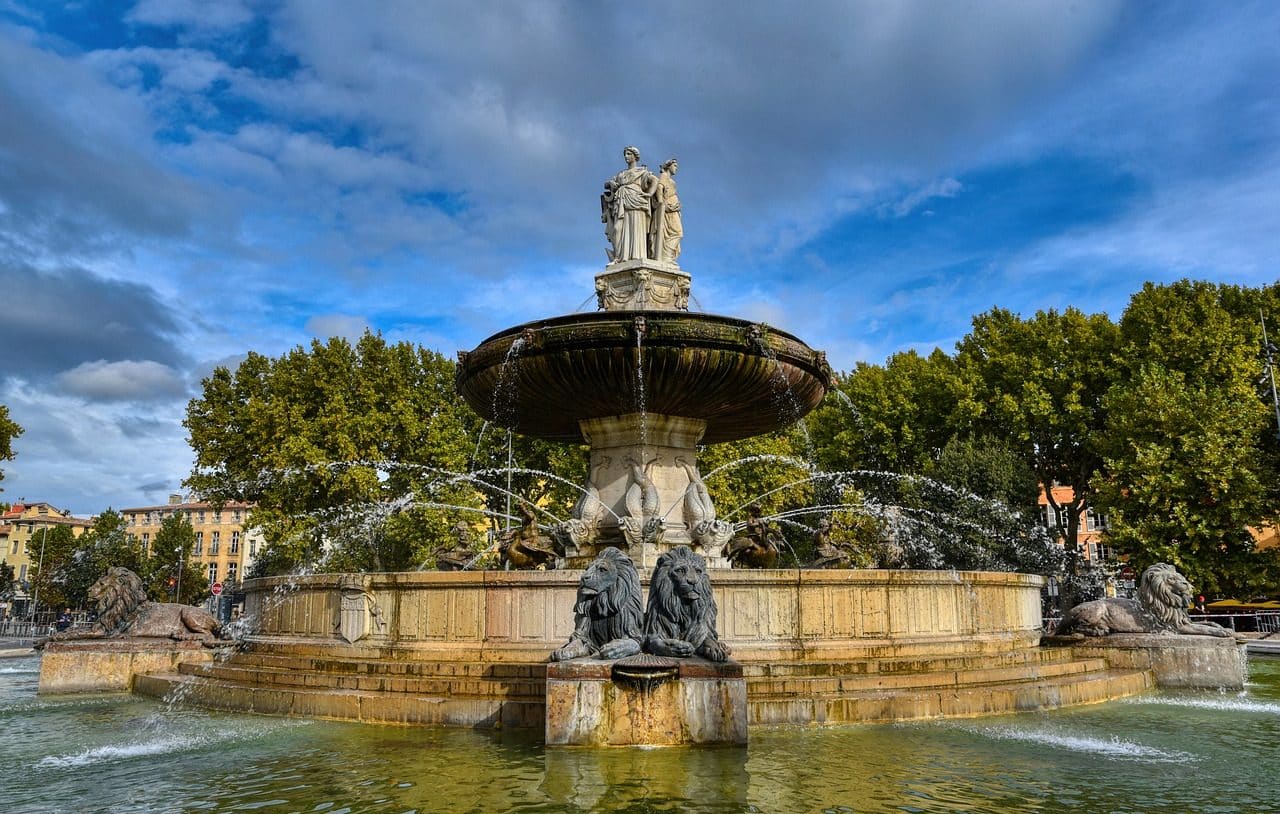
Urban planning must focus on inclusive design.
Urban planning is a concept that refers to the strategies and regulations that allow the development of a city to be organized . These instruments and actions regulate how space can be used or transformed, seeking to promote the creation of sustainable and functional environments.
It should be noted that the idea of planning refers to the development of a plan: establishing a model or guide of action in pursuit of an objective. The adjective urban , meanwhile, is used to refer to what is linked to a city (a densely populated area whose inhabitants usually dedicate themselves to non-agricultural tasks).
Urban planning, in this way, refers to the measures that are adopted to organize how the land of a city can be transformed . Through this process, it is established where and how it can be built and public policy decisions linked to public transportation , communications and other types of infrastructure are made.
Importance of urban planning
Urban planning directly affects the quality of life of citizens. Beyond specific issues of architecture and construction regulations, it determines the zoning of urban development , thereby establishing criteria for residential, industrial, etc. areas.
Territorial planning and neighborhood planning determine the characteristics of urbanization . The existence of recreational spaces, parks and gardens available to residents and urban mobility alternatives, for example, are transcendental in the daily life of the population.
Planning public services is another key aspect. If in an area of the city there is no natural gas network or the streets are not paved, those who live there will suffer worse conditions than those living in neighborhoods with more and better services.
The environmental impact of development is also controlled through urban planning. New constructions must be authorized after feasibility studies and taking into account the conservation of natural resources. If the construction of a skyscraper where there used to be a park is approved, to mention one case, the ecological footprint of the project will be very large.
The preservation of historical heritage is another goal. Urban legislation and regulations usually protect buildings with a relevant past, which cannot be modified or demolished even when infrastructure renovation initiatives are carried out.

The creation of smart cities requires adequate urban planning.
Environment components
Urban planning works with various components of the environment. These are the variables that must be considered in planning.
Geography is a primary element: the terrain largely determines what can and cannot be done in terms of urban development. The same can be said regarding topography .
Green spaces and leisure areas are other important factors. It is not possible to build anywhere since there are sectors that are vital both for health (improving urban air quality, for example) and for recreation and community life.
Of course, the infrastructure that already exists is always a component to consider in urban planning. The waste management methodology, urban lighting and planning of green corridors, among many other issues, must be designed according to what has already been built. As we already indicated above, in this context the historical heritage to be preserved becomes relevant.

Urban planning should not neglect the management of cultural heritage.
Types of urban planning
It is possible to differentiate between different types of urban planning. When a project is prepared to build on land that is not developed, it is called master planning or master plan .
In these cases, under the land use regulations, it is planned where and how to build, which areas will be residential and which will be commercial or industrial, etc. Urban design from scratch and the development of new districts require everything from neighborhood planning to considering multimodal transportation options, including the construction of pedestrian spaces and the creation of hospitals and schools.
Strategic planning , for its part, sets goals according to what you aspire to achieve. Land management, the use of public space and other urban design issues are analyzed to provide a better quality of life to the inhabitants or encourage more individuals to settle in the town.
Another type of planning is that which aims at urban revitalization or regeneration . Its objective is to reverse a situation of deterioration and improve aspects of infrastructure and cleaning. It may include tasks on urban connectivity and consider housing policies to organize informal urbanization.
Infrastructure planning , meanwhile, focuses on optimizing the conditions of the urban fabric to satisfy the needs of the population. It contemplates the design of complete streets, the integration of transportation systems and the development of public works for electricity and water service.
Environmental planning is also discussed when work seeks to promote sustainable urban planning . In this context, green infrastructure is created and low-emission neighborhoods are promoted to reduce pollution and protect biodiversity and public health.
